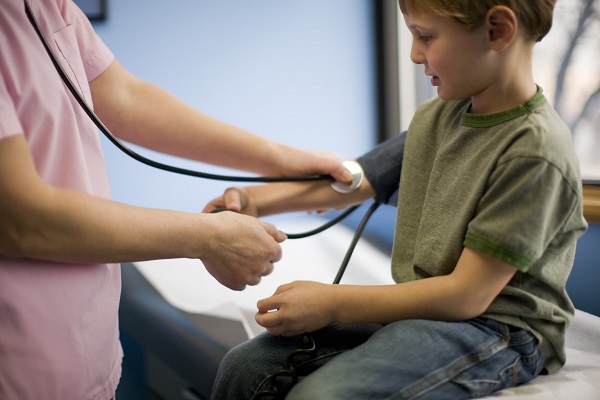A multicentre, cross-sectional study which was conducted on 10,842 children in five cities — Delhi, Chennai, Kolkata, Pune and Raipur — has found that 3.3 per cent or 358 children were hypertensive.
Dr Archana Dayal Arya, paediatric endocrinologist, Sir Ganga Ram Hospital, and co-author of the study, said, “The prevalence of childhood obesity is rising in developing countries including India. Abdominal obesity is also on the rise and is associated with increased risk for metabolic syndrome (MS).”
MS in children has been defined as the presence of > or =3 of the following criteria: high triglyceride levels in blood, low HDL cholesterol (good cholesterol), increased fasting blood glucose levels, high systolic blood pressure and waist circumference > 75th percentile.
According to Dr Arya, MS results in increased risk for hypertension, type-2 diabetes mellitus, and atherosclerotic cardiovascular disease.
“In my daily practice, I am seeing many children who are getting diseases which were earlier seen only in adults, primarily because of obesity. It is shocking to see children as young as 6 years old with diseases like hypertension, diabetes mellitus and abnormalities in the lipid profile. In this study we found 350 children suffering from hypertension,” said Dr Arya.
The study has suggested cut-off values of waist circumference for screening for metabolic syndrome in Indian children. It has also developed age and sex specific reference curves for waist circumference for Indian children.
The study, which appears in The Journal of Paediatrics, also found that risk factor for Indian children for developing MS was at 70th waist circumference percentile, which is significantly lower than international proposed WC cut-off of 90th percentile.
Dr Anuradha Khadilkar, consultant paediatrician, Jehangir Hospital, Pune and corresponding author of the study, said, “We found in the study that primary or essential hypertension, commonly seen in adults, is becoming common in children, who are obese or overweight. Therefore it is very essential for them to change their lifestyle and lose weight. They should be encouraged to participate in outdoor sports and other physical activities. They should cut down on the intake of high calorie foods with poor nutritional value (junk food) and a high fat diet.”
Source: India medical times


